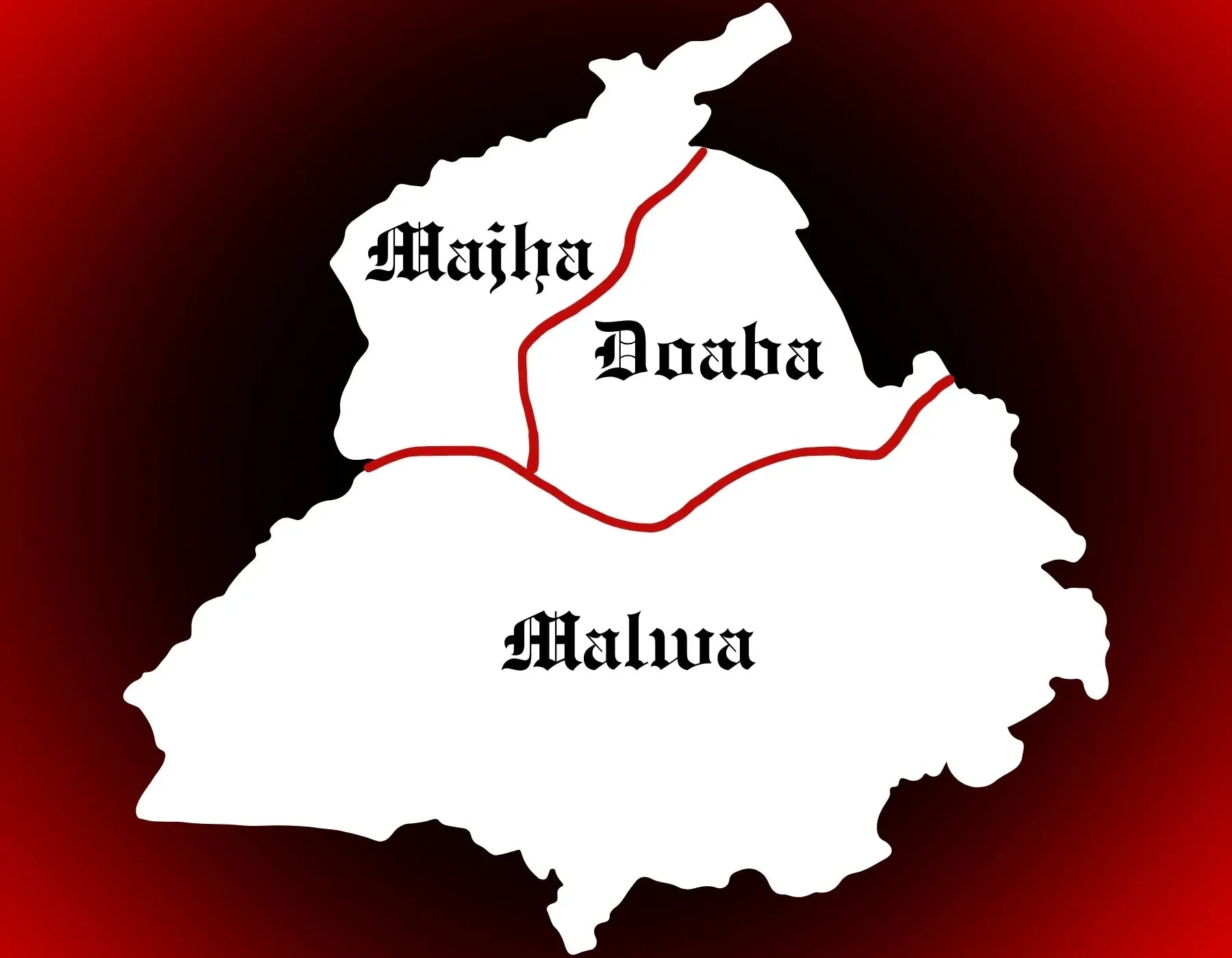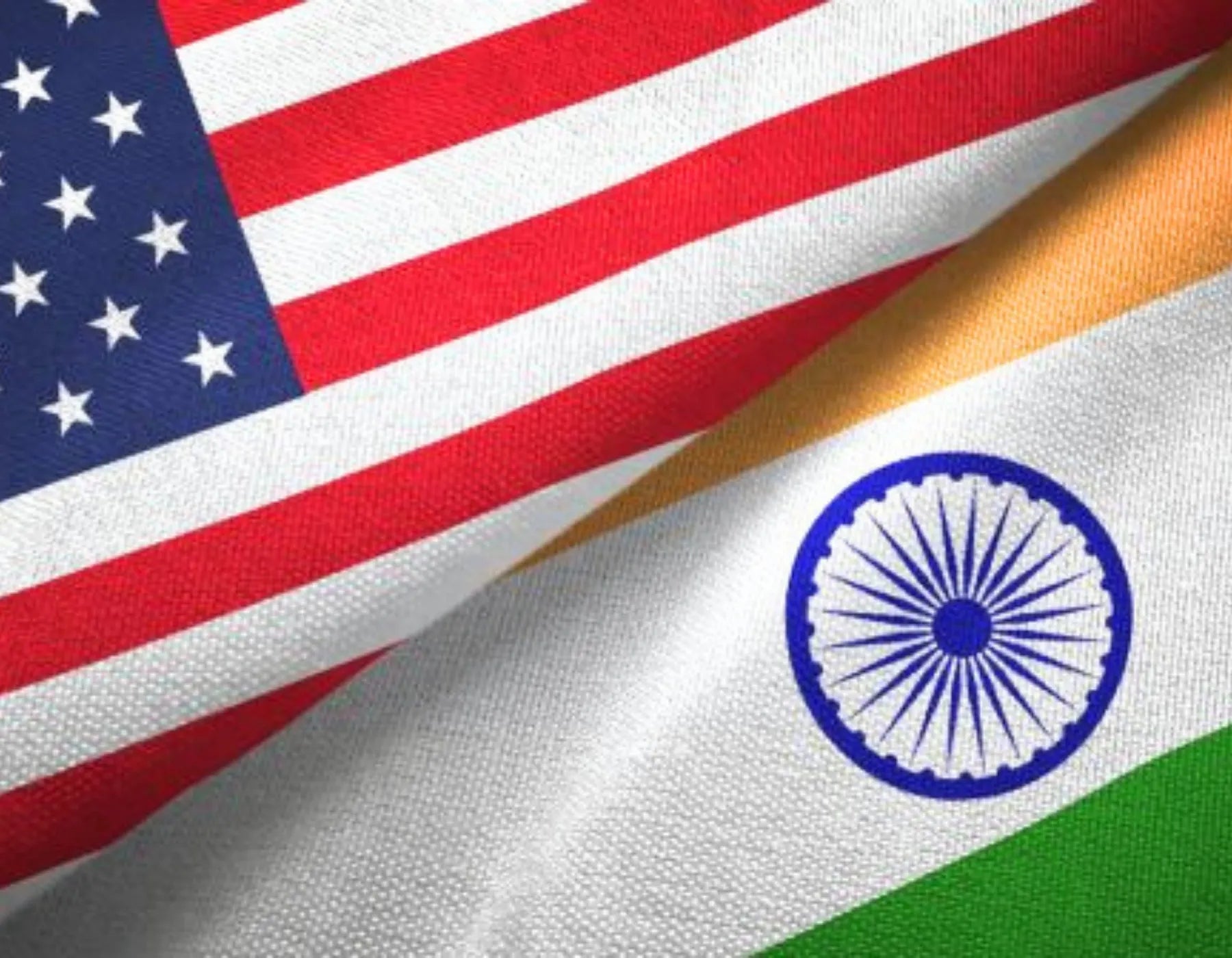
The Regions of Punjab: What Makes Majha, Malwa & Doaba Unique
Punjab, a land of vibrant culture, resilient spirit, and deep historical roots, is geographically and culturally divided into three main regions: Majha, Malwa, and Doaba. Each region has a unique identity, shaped by history, language, agriculture, traditions, and the lived experiences of its people. These distinctions are not just regional—they are deeply woven into the Punjabi psyche, influencing everything from folk music to politics, from dialects to cuisine. Let us explore what sets Majha, Malwa, and Doaba apart and why understanding these regions is crucial to understanding Punjab as a whole.
Majha: The Heartland of Punjabi Valor
Geographical Footprint: Majha is situated in the northern part of Punjab, between the Ravi and Beas rivers. The term "Majha" is derived from the Punjabi word majjha, meaning "the central," signifying its historical centrality in the Sikh Empire.
Major cities: Amritsar, Gurdaspur, Tarn Taran, Batala, Pathankot.
Historical and Cultural Significance: Majha is often called the "Cradle of Sikhism". The holiest Sikh shrine, Sri Harmandir Sahib (Golden Temple), is located in Amritsar, Majha’s crown jewel. This region has produced legendary warriors, saints, and freedom fighters, including Maharaja Ranjit Singh, the founder of the Sikh Empire.
Majha has long been associated with martial valor, reflected in its dominant presence in the Indian Army and police forces. It was also a hotbed during the Green Revolution, thanks to its fertile soil and abundant irrigation.
Language and Dialect: The dialect spoken here is Majhi, considered the purest form of Punjabi. It is the basis of standard written Punjabi and is widely used in literature, media, and education.
Cuisine and Festivals: Majha’s cuisine is hearty and robust, with signature dishes like Amritsari Kulcha, Sarson da Saag, and Makki di Roti. Festivals such as Baisakhi and Lohri are celebrated with traditional fervor, often featuring energetic Bhangra and Gidda performances.

Malwa: The Political and Cultural Powerhouse
Geographical Footprint: Malwa forms the southern and southwestern part of Punjab, stretching from Fatehgarh Sahib down to Muktsar, and bordered by Haryana and Rajasthan.
Major cities: Ludhiana, Bathinda, Patiala, Sangrur, Mansa.
Cultural Landscape: Malwa is Punjab’s largest region by area and population, often considered its political nerve center. It is known for its folk traditions, colorful attire, and rural authenticity. While the land here is more semi-arid, it plays a significant role in Punjab’s agricultural economy, especially in cotton and wheat production.
In contemporary times, Malwa has come to dominate Punjab’s politics, with most Chief Ministers and influential leaders hailing from this region.
Language and Dialect: The dialect spoken in Malwa is Malwai, which has a distinct tone and vocabulary, often noted for its softer and melodious flow compared to Majhi. It is heavily reflected in folk music, especially in Punjabi boliyan and lok geet.
Folk Culture and Music: Malwa’s contribution to Punjabi folk music is monumental. The beats of the Tumbi, Chimta, and Algoza resonate through Malwa’s musical traditions. Gurdas Maan, one of the most iconic Punjabi singers, hails from this region.
The Malwai Giddha, performed by men, is a dance form unique to this region and adds a distinct cultural touch.

Doaba: The Land Between the Rivers
Geographical Footprint
Doaba, meaning "land between two rivers," lies between the Beas and Sutlej rivers. It is known for its fertile plains and high emigration rates, especially to Canada, UK, and the US.
Major cities: Jalandhar, Hoshiarpur, Kapurthala, Nawanshahr (Shaheed Bhagat Singh Nagar).
Diaspora and Global Impact: Doaba has earned the moniker “NRI Belt of Punjab”. It has a massive diaspora community that has significantly contributed to the economy through foreign remittances and investment in education and infrastructure.
Due to the strong influence of its diaspora, the region has seen rapid development in schools, hospitals, and sports facilities, especially in Jalandhar, which is a global hub for sports equipment manufacturing.
Language and Dialect: The Doabi dialect is spoken here and is easily distinguishable by its tone and pronunciation. It carries a unique rhythm, setting it apart from both Majhi and Malwai.
Socio-Economic Traits: Doaba is known for its high literacy rates and emphasis on education, partly driven by the aspirations of families with overseas ties. The standard of living here is generally higher due to foreign income, resulting in more urbanization and modern infrastructure compared to other regions.

Comparative Snapshot: What Sets Each Region Apart
| Feature | Majha | Malwa | Doaba |
|---|---|---|---|
| Dialect | Majhi (Standard Punjabi) | Malwai | Doabi |
| Key Cities | Amritsar, Gurdaspur | Ludhiana, Bathinda, Patiala | Jalandhar, Hoshiarpur |
| Cultural Identity | Warrior & Religious | Political & Agrarian | Diaspora & Educated |
| Cuisine Highlights | Amritsari Kulcha, Chole | Makki Roti, Butter Milk Dishes | Mixed Influence (urban + rural) |
| Economic Backbone | Tourism, Agriculture | Agriculture, Politics | Foreign Remittance, Education |
| Folk Tradition | Bhangra, Classical Sikh Music | Malwai Giddha, Lok Geet | Modernized Folk + Diaspora Mix |
Why Understanding These Regions Matters
The unique characteristics of Majha, Malwa, and Doaba go far beyond mere geography—they shape the identity, economy, and global perception of Punjab. Each region contributes a distinctive flavor to the Punjabi narrative, and appreciating their differences allows for a deeper connection with the land and its people.
From Majha’s religious heart, to Malwa’s political muscle, to Doaba’s global reach, the soul of Punjab lies in the diversity of its regions.


